
It’s fortuitous that just as 19-year-old phenom Jackson Chourio is knocking on the door of the Majors, the Brewers are celebrating the grand opening of a new academy in the Dominican Republic meant to grow the next generation of Latin American talent.
A ceremony is planned for Thursday, and among the officials expected on hand in Santo Domingo Este are general manager Matt Arnold and vice president of baseball projects Gord Ash, who has been traveling back and forth between his home in Toronto and the Dominican Republic since November 2016. Once the GM in Toronto and assistant GM in Milwaukee, Ash has long tangled with the question of how to maximize investments in Latin America. That history made him a natural fit to take on the task.
This week, the Brewers’ investment will formally come to fruition.

“There’s no better poster child for why this is important than Chourio,” Ash said. “He developed there, got his orientation there and blossomed from there. It’s an entry point for players to develop and learn.
“And then -- and this is hard to measure: We wanted to give the Brewers brand more profile. Some people didn’t know who we were, or where we were. When it came to signing players, maybe they didn’t know what we were about or what our resources were. But that’s changed, because when you have a great facility, those facilities are a magnet for players and agents.”
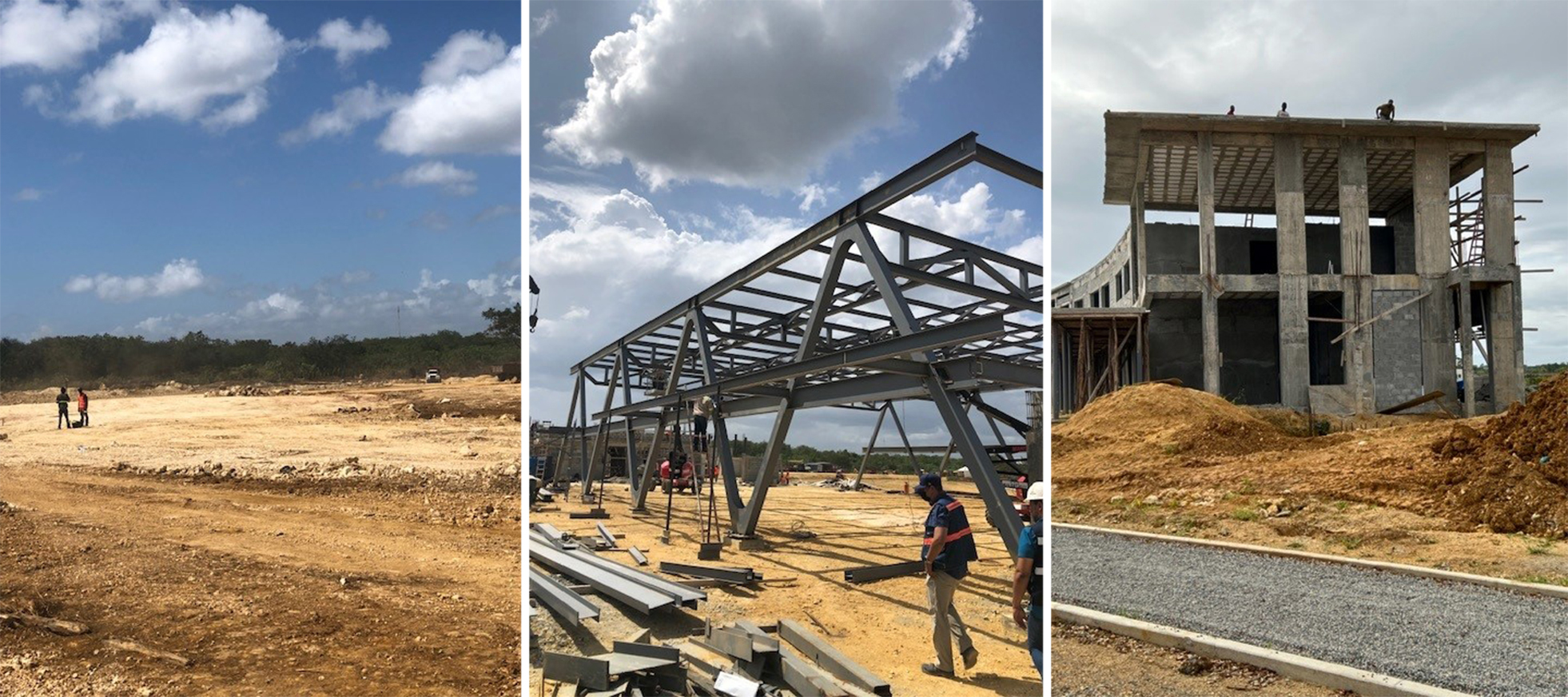
It began in 2016 as a scouting mission. Since 2011, the Brewers’ base in the D.R. had been an academy owned by former Milwaukee closer Salomon Torres. That academy served the club well for years but was essentially a farmhouse with two baseball fields. Over time, it became cramped. Around the same time, the Brewers’ Spring Training facility required a massive renovation for many of the same reasons as the academy in the Dominican Republic: The explosion of technology in baseball meant more staff to crunch all the data, larger coaching staffs and a need for modern facilities.
Location was another challenge. Torres’ facility was further to the east outside San Pedro de Macorís, meaning a significant commute for many D.R.-based coaches and staff. It also meant long road trips for Dominican Summer League games since only the Detroit Tigers were nearby. Instead of spending time on player development, it seemed as if everyone was spending most of their time on the road.
“The first year was essentially just inspecting all of the other academies for what to do and what not to do,” Ash said. “We were looking at land and trying to ascertain what made the most sense as far as location and price.”

In 2018, the Brewers purchased a 30.5-acre plot on the eastern outskirts of Santo Domingo, just 20 minutes from the main airport and within 15 minutes of at least 10 other Major League clubs. The project was given the proverbial green light.
But as the club hired a local architect -- Santo Domingo-based GVA -- and began to dive in, obstacles arose. First, there was a nine-month legal dispute over the sale of the property. Then, soon after that issue was resolved, the COVID-19 pandemic further delayed the process. Construction halted and the plot of land became overgrown again. Prices for materials spiked, pushing the projected cost 30-35 percent higher.
When Brewers ownership approved the cost increases, the project pushed forward.
“We had to start again from scratch,” Ash said.
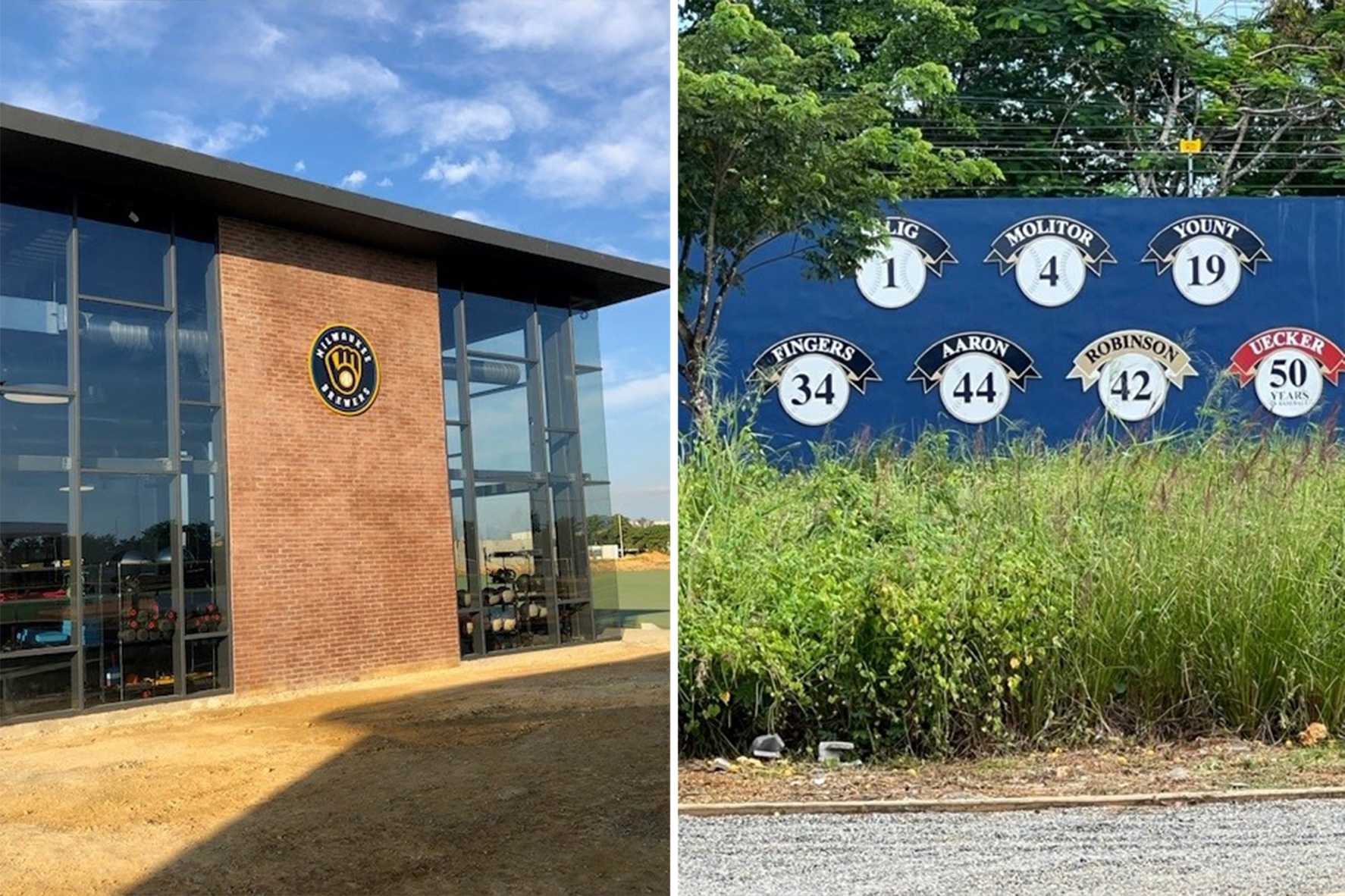
In 2021, construction commenced in a series of phases, starting with a four-tunnel batting cage and a clubhouse building containing locker rooms, a video room, a 3,400-square foot gym, a coaches’ lounge, meeting rooms and athletic training facilities, including a hydrotherapy room. The gym alone is five times the size of the gym at the old complex.
Phase 2 included administrative offices and a dormitory with two classrooms, 22 dorm rooms and a social area. By October 2022, the project was far enough along that it hosted a fall instructional program under the watch of the club’s director of Latin America operations, Manuel Vargas.
In June 2023, players moved into the dorms and the complex really came to life, with three full fields, an additional infield and an agility field similar to the Brewers’ renovated complex in Phoenix, all colored by bright wall murals created by a local artist. The Brewers can now house 126 people compared to 56 at the old academy -- and there’s room for expansion. Already, the Brewers have added a row of covered pitcher’s mounds like the ones at American Family Fields of Phoenix. Future plans call for a sod and plant nursery to refurbish the grounds when needed without having to go to an outside market.
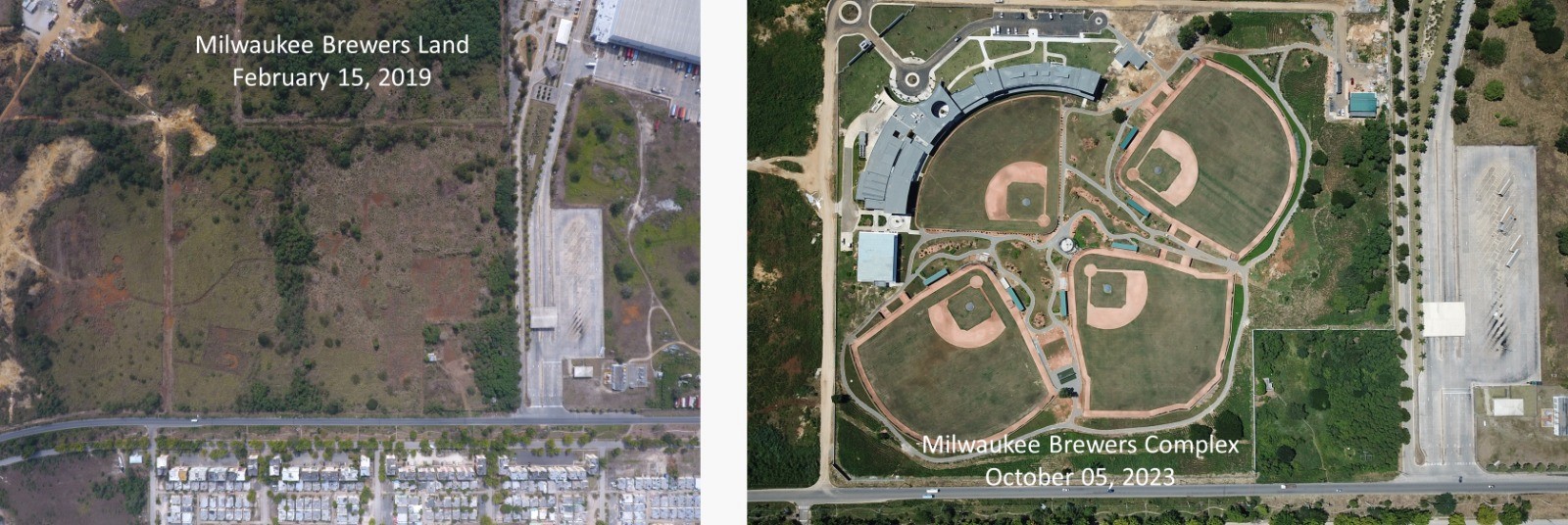
“What we really focused on was making the facility user-friendly,” Ash said. “Players can wake up in the dorm, go to the cafeteria to eat, go to the clubhouse to work out, go to the batting cage to take swings, and it’s all literally a two-minute walk.”
Education is at the heart of the mission. Two classrooms are dedicated to educational instruction from CENAPEC for Dominican players and DAWARE for Venezuelan players to complete high school. Additional classes focus on leadership development, critical thinking, and English and communication skills in conjunction with MLB.
It’s not the Brewers’ only investment in player development over the past five years. They are thought to have spent at least $60 million to overhaul and expand their Spring Training complex, which doubles as a rookie-league hub and a year-round rehabilitation facility.
Last month, the city of Wilson, N.C., approved funding for a new stadium and surrounding development for the Single-A Carolina Mudcats. It’s projected to open in 2026, funded by a mix of public and private money including financial investment from the Brewers, who took over majority ownership of the Mudcats in '17.
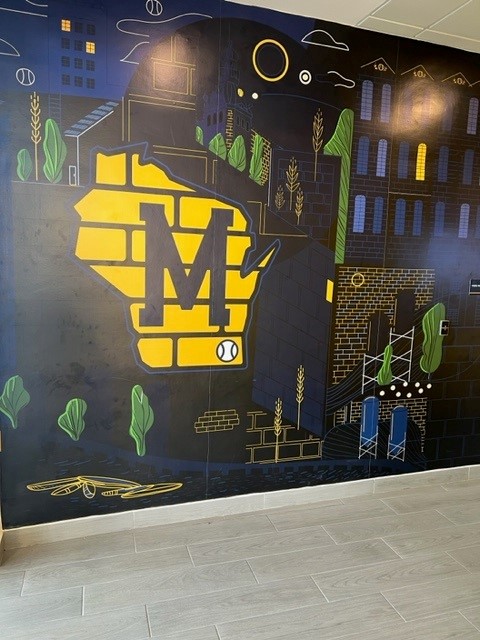
So far, the Brewers’ new Dominican Academy has been a hit. Among the big leaguers who have attended this offseason, Ash said, are starter Freddy Peralta and up-and-coming reliever Abner Uribe.
“Hopefully we see the same thing happen down there that we saw happen after the renovation in Arizona,” said Brewers vice president of player development Cam Castro. “That resulted in more players wanting to spend time there in the offseason, and almost a different spirit about you when you walk through the hallways every day. It’s going to be great to see what it does for our culture there.”
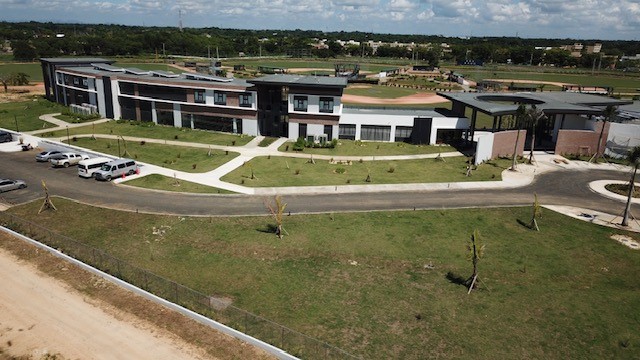
The Brewers aren’t alone in the race to sign and develop the best Latin American talent. Just this week, the Orioles had their own grand opening of a new complex down the road. And the Tigers, the Brewers’ old neighbors in San Pedro de Macorís, recently bought the land next door.
Ash will keep an eye on the Brewers’ future in Latin America from afar. He’s retiring at the end of this month after 45 years in baseball with the Blue Jays and Brewers – the last two decades with the Brewers. He expects to stay on for a while as a consultant to tie up some loose ends.
“I’ve enjoyed every minute of it,” Ash said. “Frankly, I’ll be sad when it ends.”



